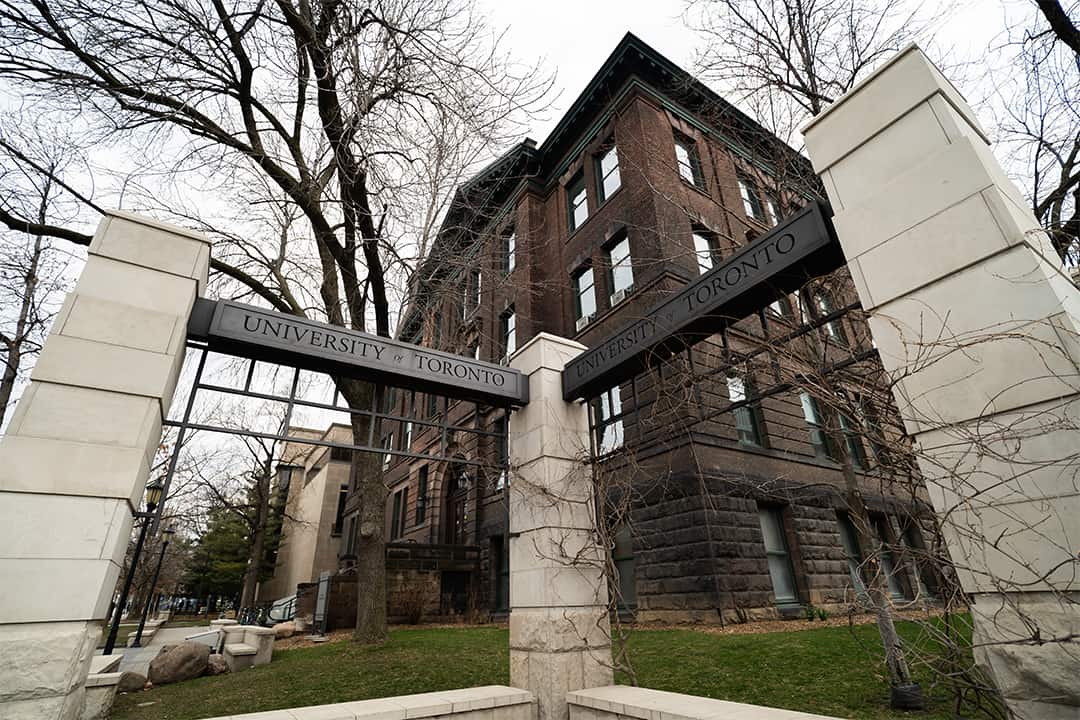While U of T has evolved into a top secular global university in research and education since it started from the colonial and religious legacies of the first charter issued by King George IV in 1827, its relationship with Indigenous Peoples has far to grow. The university’s motto, “velut arbor ævo” — Latin for “may it grow as a tree through the ages” — perfectly captures this moment in the school’s history.
A tree cannot grow unless it engages in positive relationships with all of its surroundings. It must recognize the area it shares with all beings in its vicinity. However, U of T has historically failed to recognize the original caretakers of the land on which it grows until recently.
U of T has recognized the Jay Treaty of 1794, which reaffirms Indigenous sovereignty — the inherent right to self-determination established by the treaty. The Canadian federal government does not recognize this treaty.
On the other hand, the federal government created the Truth and Reconciliation Commission (TRC), which mandates human remains of Indigenous children who died in residential schools to be returned home. Nevertheless, U of T and other higher educational institutions are not mandated to return hundreds of Indigenous human bodies for repatriation as they are still ‘educational’ objects for research — continuing settler colonial forms of genocide.
U of T can become a leader in re-establishing Indigenous sovereignty by implementing the TRC Calls to Action in addition to the treaties.
From collections to recognition: A paradoxical relationship
U of T and other higher educational institutes wrongfully took bodies of Indigenous nations that date back to the ninth to seventeenth century for racist anthropological research, which was often conducted to ‘prove’ the white race was superior to Indigenous Peoples. This was possible due to colonialism. Ironically, the US federal government has issued a federal law to repatriate these items, but Canada has not followed with a similar law.
The number of human remains uncovered of children who died in the care of residential schools is growing in number each day. Because of the TRC, the remains of these children are allowed to be returned home. However, U of T, like other higher educational institutions, is not mandated to do the same with the bodies of 550 Ancestral remains and other items of significant cultural patrimony — historic items and materials created by a people as an expression of themselves — that they stole from graves mostly without consent from their communities.
At the United Nations General Assembly in 2007, 144 countries signed the United Nations Declaration on the Rights of Indigenous Peoples (UNDRIP). Four countries did not sign onto this international declaration: the US, Canada, New Zealand, and Australia — all settler colonial states.
Years later, all four signed the declaration: Australia in 2009, the US and New Zealand in 2010, and Canada in 2016. However, it seems the countries did so because this declaration is not legally binding, and I wonder if U of T will do something similar: recognition without further binding implementations.
Its most recent actions put this scenario into play.
In the fall 2023 semester, U of T made a landmark recognition of the Jay Treaty of 1794, which recognizes the colonial border between the US and Canada and allows Indigenous people from both sides of the border to cross and live and work freely. The Canadian federal government does not recognize this treaty, but the US formally recognizes it. U of T recognizing this treaty not only recognizes Indigenous sovereignty but reiterates the TRC’s 94 Calls to Action that expand on Indigenous education, nationhood and sovereignty in accordance.
Treaties are the basis of international law and were used by Indigenous nations to establish relationships for each signatory’s inherent sovereignty. Treaties are constitutional obligations and supreme law to the US and Canada. Although the Canadian and US governments have historically failed to honour these treaties, their relevance persists to Indigenous nations across Turtle Island.
U of T could become a leader in re-establishing Indigenous sovereignty
With this recognition of the Jay Treaty, U of T has demonstrated characteristics of reconciliation and honour — domestically and globally. At the domestic level, this reaffirms Indigenous sovereignty in accordance with the Canadian constitution. Globally, it affirms UNDRIP and places Indigenous sovereignty in the international realm based on treaty law.
Reconciliation consists of recognizing the past injustices that Canada carried out against Indigenous Peoples in all contexts. It does not stop at recognizing residential schools and churches. Reconciliation includes the repatriation of the Ancestors and other items of cultural patrimony to be returned to the people who suffered racist colonial educational practices for centuries. Recognition and reconciliation are bound together in Canada.
As U of T stands at this pivotal movement in its history, it faces a choice: perpetuate the injustices of the past or charter growth in reconciliation and justice. The recognition of the Jay Treaty is historic and represents paths forward, but it is only a beginning. To move forward, I believe the university must further implement truth and reconciliation through the following:
- Recognize all of the historical injustice it has inflicted on Indigenous Peoples.
- Give agency to Indigenous people through their inherent sovereignty through decolonization.
- Repatriate the items it has stolen and become a leader in this process domestically and globally.
Doing so truly embodies the ideals U of T’s motto encapsulates and helps the school emerge as a beacon of reconciliation, justice, research, and education.
Autry Johnson is a Master of Global Affairs candidate at the Munk School of Global Affairs and Public Policy. He is a Citizen of the Forest County Potawatomi of the Anishinaabek Nation.


